
Informed project development
A lack of transparency on technology performance under real world conditions hampers pre-construction decision making. Drawing on intelligence from comparable technologies in a global dataset provides empirical evidence to support decision making and contracting in the asset development phase.
Realistic expectations of performance
Clir provides a comprehensive understanding of turbine performance risks by using energy yield loss factors and performance KPIs. Owners gain insight into controllable lost energy, contractual availability and the adoption curve of technologies on the market, enabling a deeper understanding of project performance compared to peers. This can better inform turbine and technology selection, while enabling improved optimization and O&M strategies.
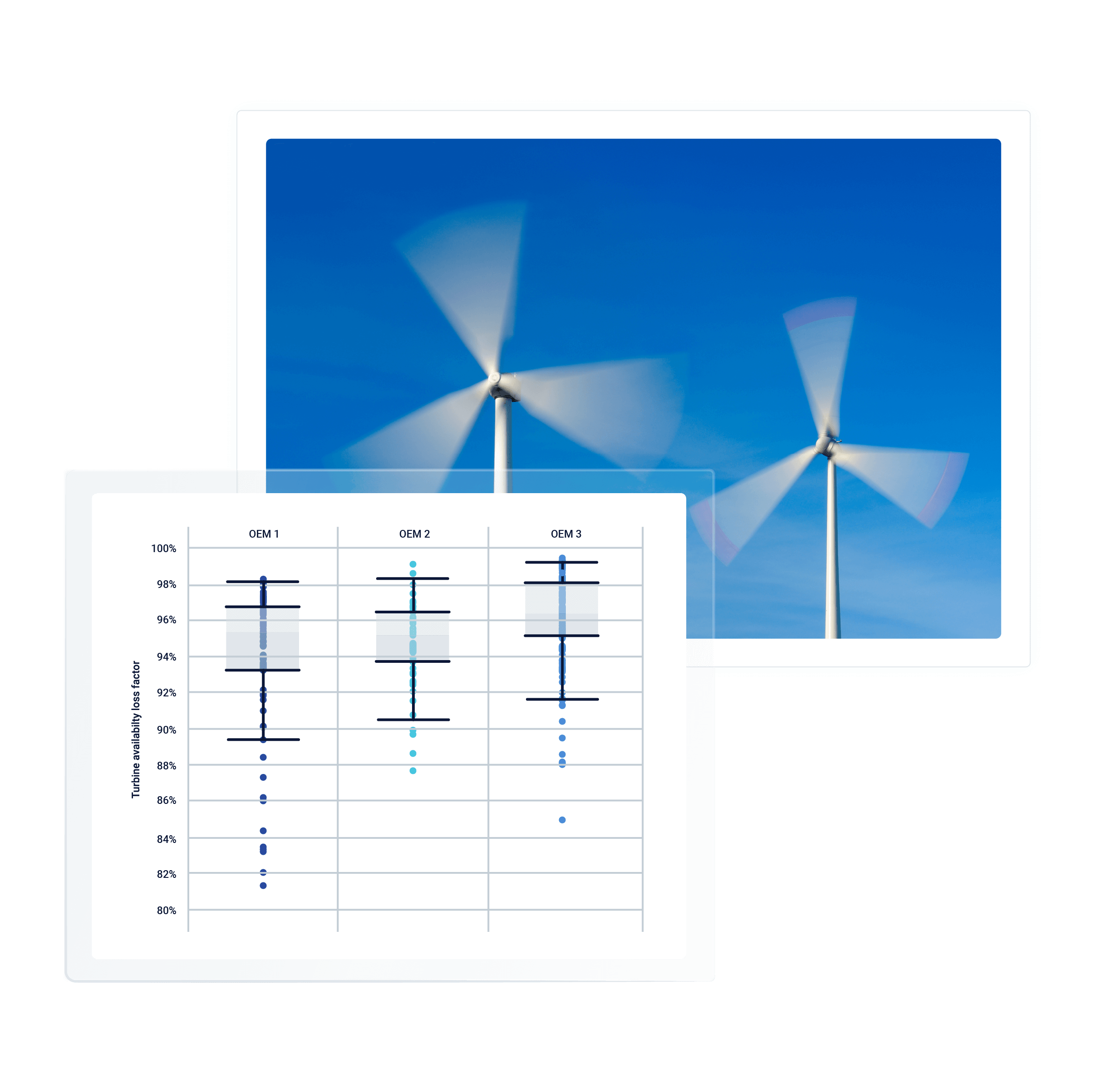
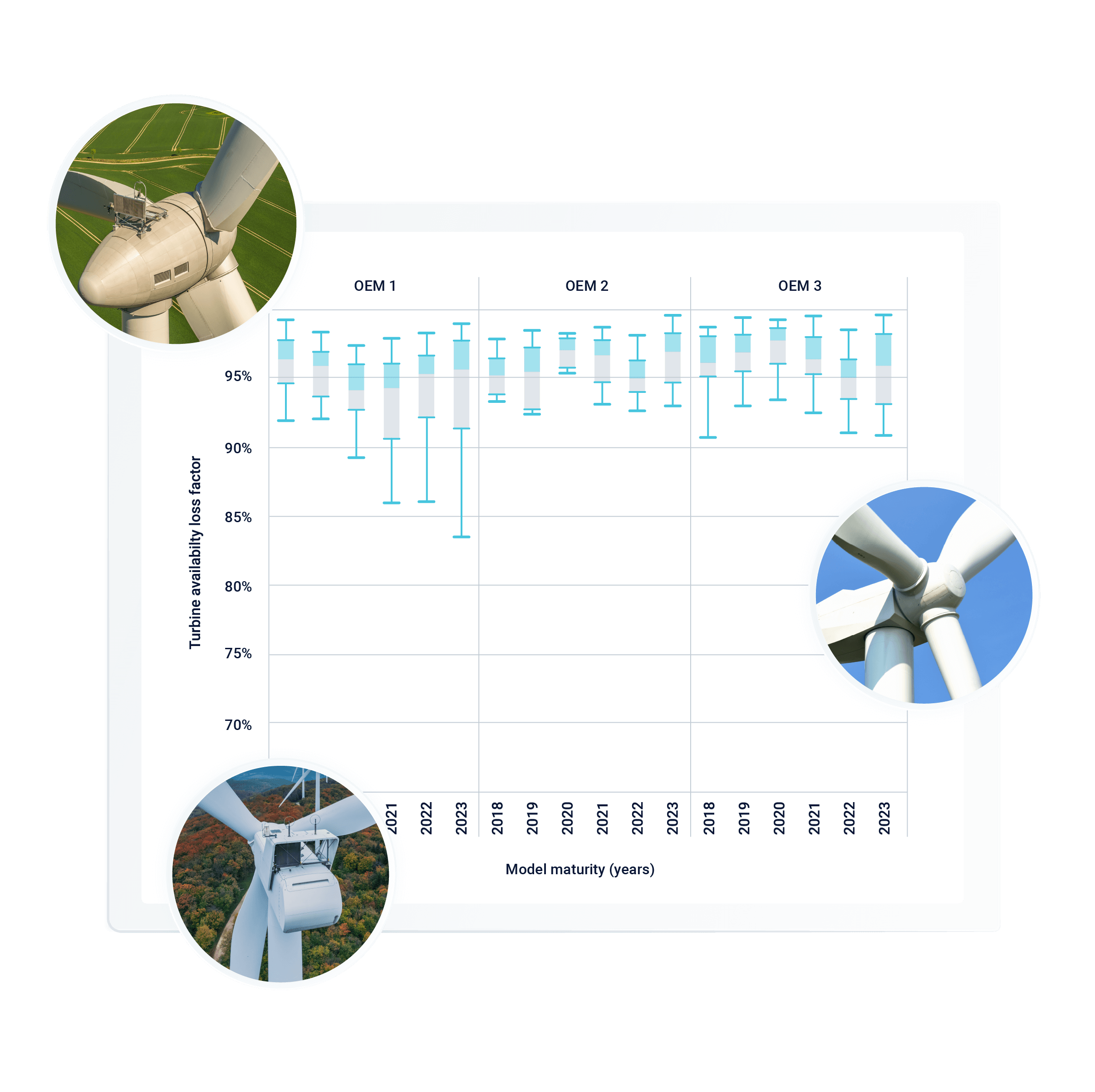
Refine energy yield loss assumptions
Clir presents impactful energy yield loss factors for each turbine model, benchmarked against regional data. This data-driven approach allows clients to compare the expected performance of each turbine model through the lens of their predicted energy production, and independent engineers to refine and improve pre-construction energy yield assessments.
Evaluate environmental risks
Integrating industry data with external sources, such as weather data, improves understanding of the environmental risks at a site and the turbine’s ability to withstand them. With insight into how susceptible the turbines are to damage from natural catastrophe and environmental conditions, owners can understand the inherent site risks and select the most suitable turbines.
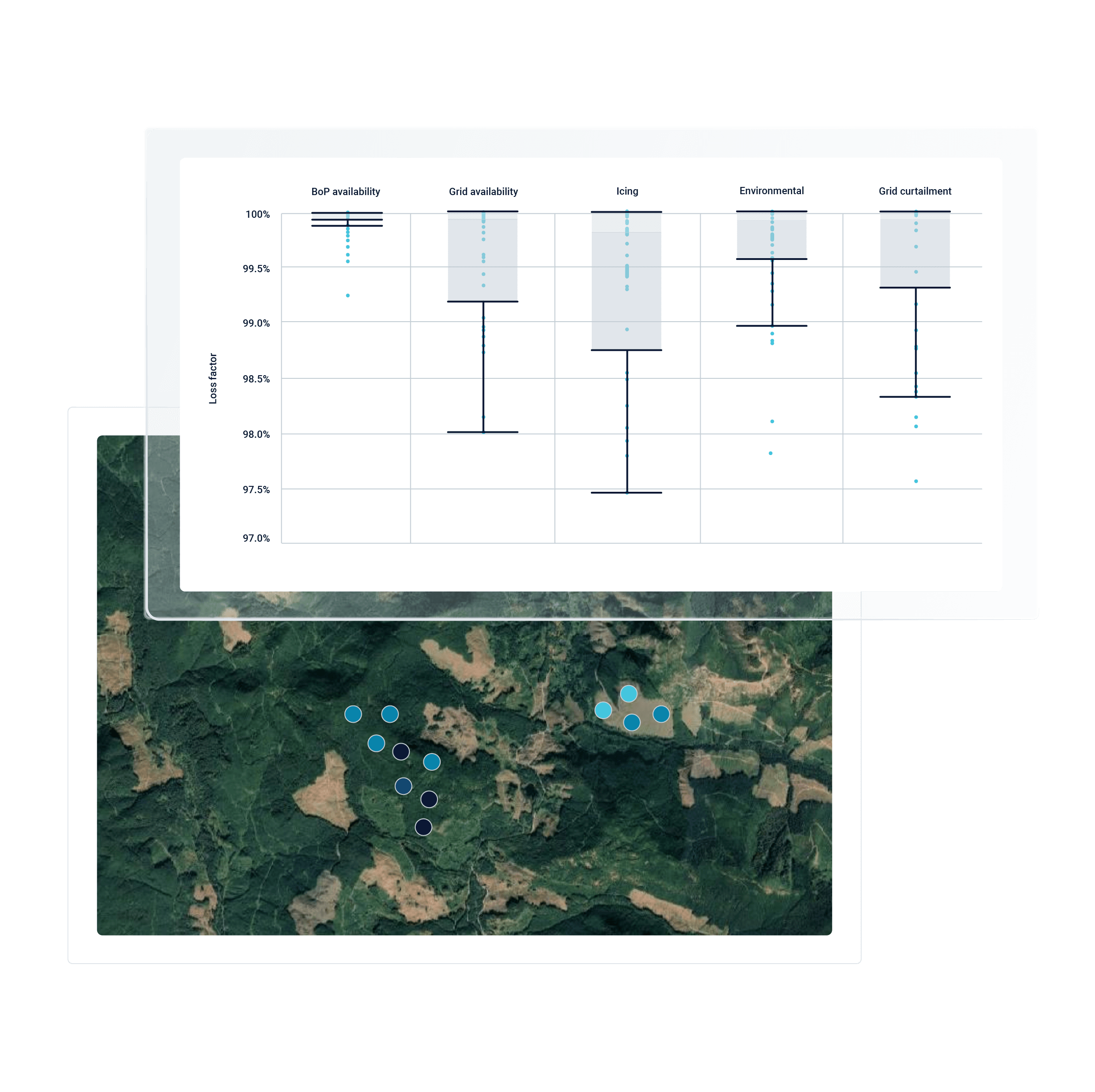
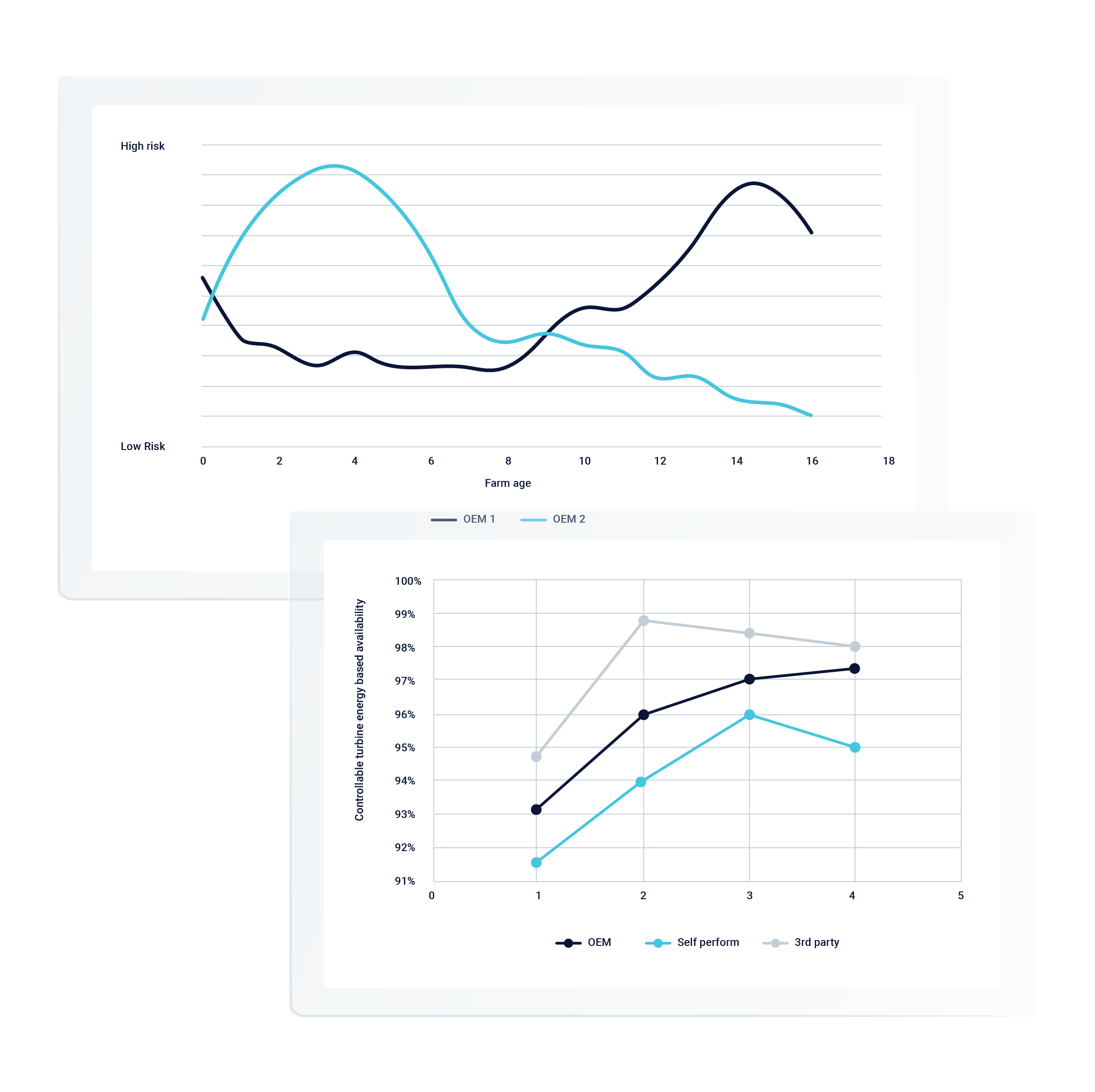
Improve contractual and operational practices
With insights into turbine and site risks, owners can develop contractual and operational practices to protect projects against risk exposure. Clir’s data enables recommendations on turbine service agreements and operational and maintenance contracts. This can improve warranty terms and inspections, scheduled maintenance, availability agreements, component replacement caps and extreme weather protocols.
Understand OPEX expectations
Data on the severity of site risks, technology selection and approach to contractual practices offers insight into the overall operational practices. This can lend a high-level perspective on how insurers and lenders may approach the project through a view on the insurance and financial implications for the site, technology, and contractual decisions. Each turbine’s risk is ranked and the base-level rate premium expected for the site is highlighted.
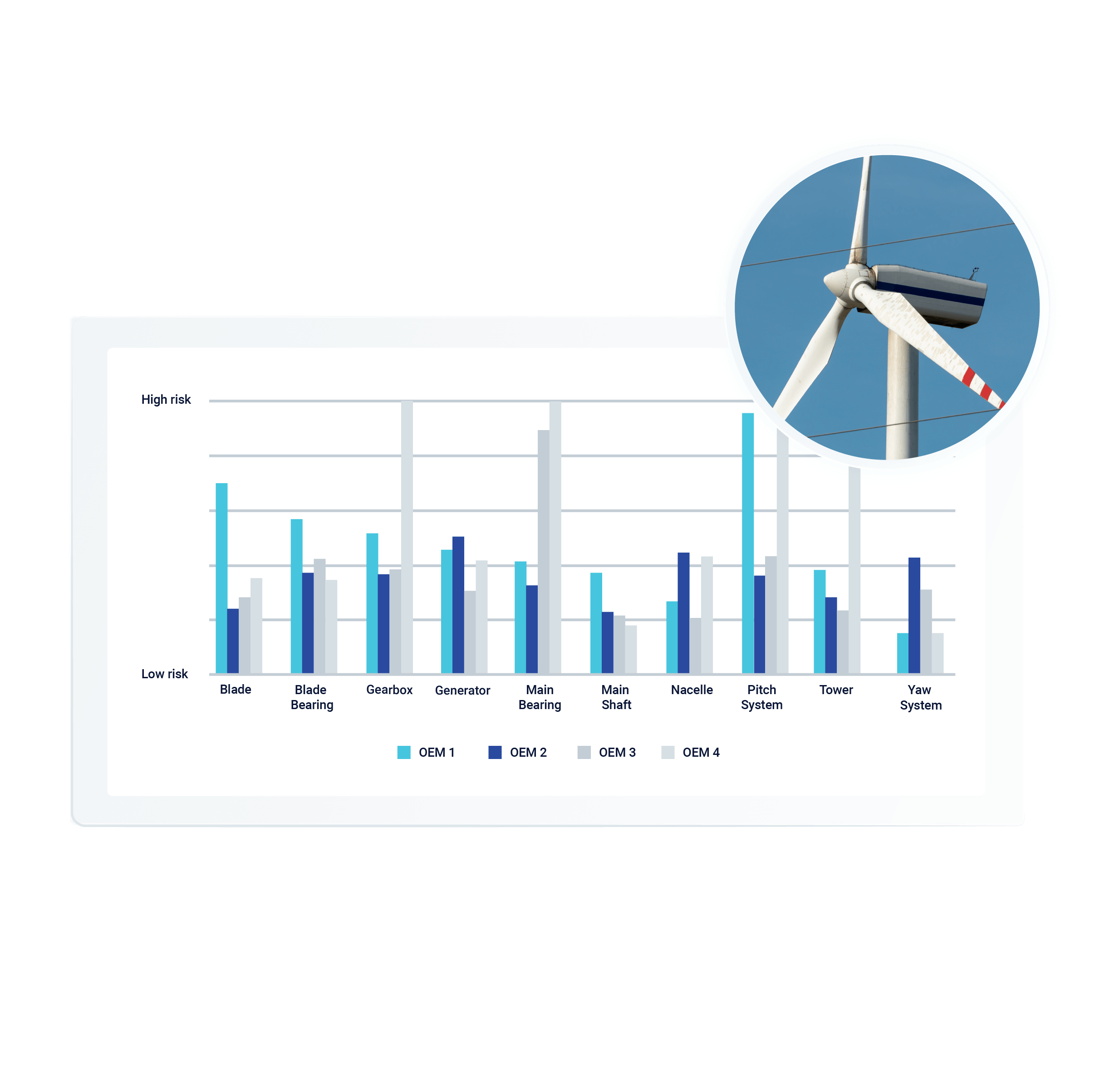
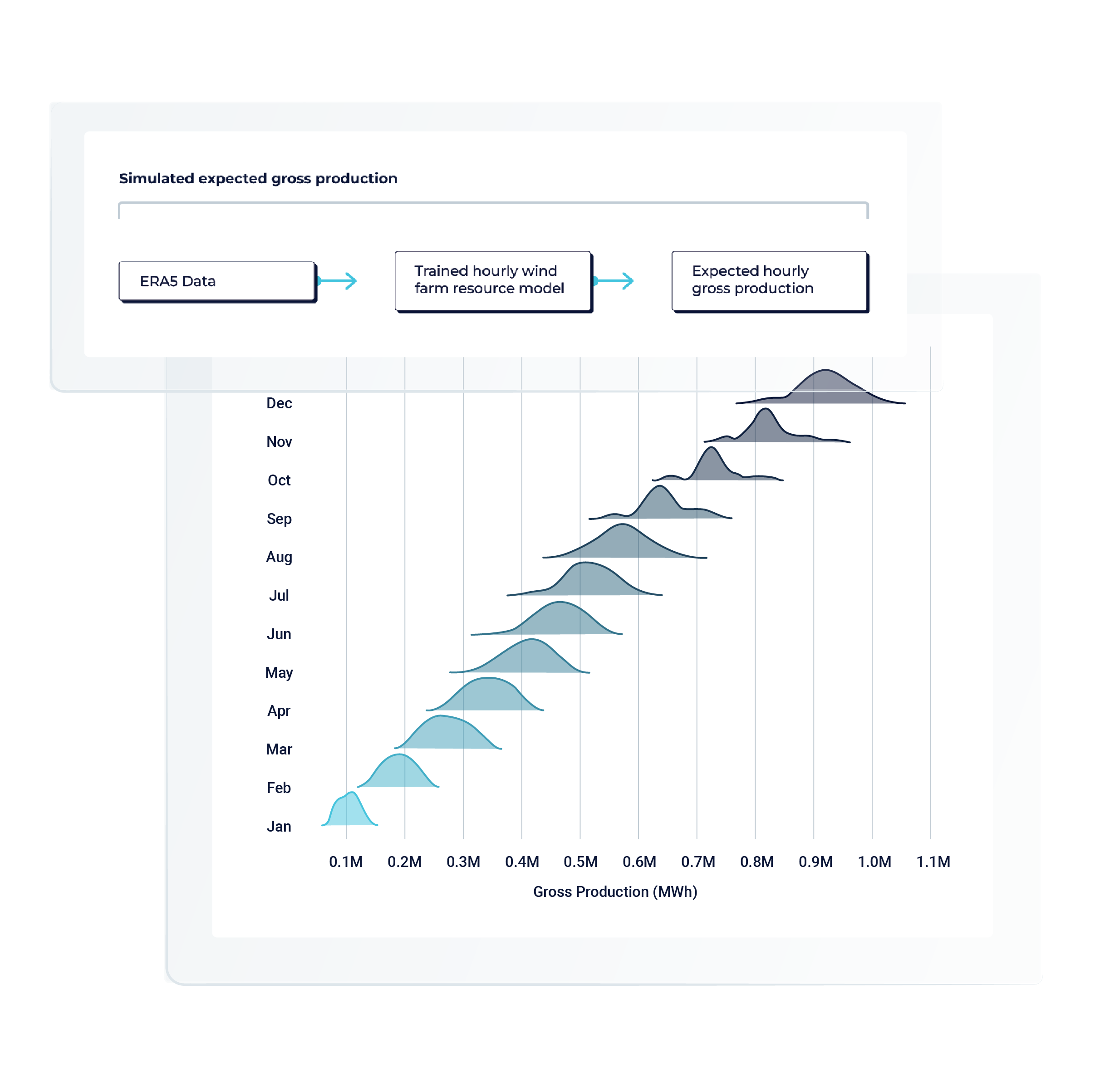
Optimize offtake agreements
Clir uses intelligence from 300 GW of operational assets to account for the expected energy losses of the farm. The validated gross model is trained on peer loss data — based on technology type, asset age, location, size, environmental conditions and other factors — to simulate the net energy production uncertainty bands in any hour, day, month, quarter or year.
